“Deer hunting with a shotgun and buckshot: A practical approach or just a myth? Discover the truth behind this age-old debate as we delve into the advantages, limitations, and effectiveness of using buckshot for hunting deer. Gain insights from seasoned hunters and experts to better understand if this unconventional method truly holds its ground in the world of deer hunting.”
The Controversy of Hunting Deer with Buckshot: Is it Ethical and Effective?
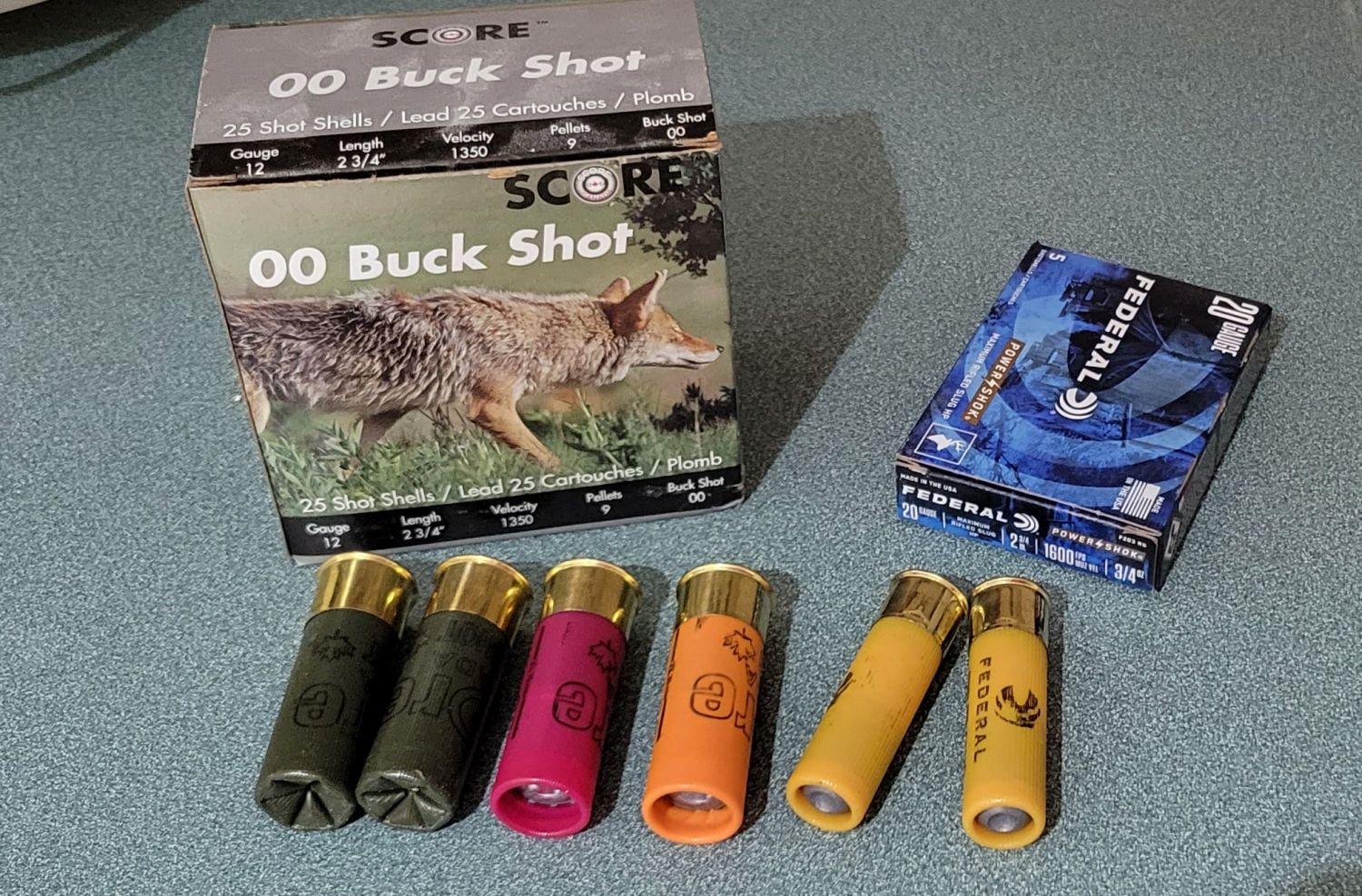
Introduction
Hunting deer with buckshot has long been a topic of controversy among hunters and wildlife enthusiasts. While some argue that it is a practical and effective method, others raise concerns about its ethical implications and potential for meat wastage. This article aims to explore both sides of the debate and provide an overview of the key arguments.
Ethical Concerns
One of the main ethical concerns surrounding hunting deer with buckshot is the potential for causing unnecessary suffering to the animal. Unlike rifle rounds, which are designed to create large wound cavities, buckshot punches small, clean holes in the target. While this may not cause significant damage to muscle tissue, any errant pellets hitting vital organs or bones can result in a wounded animal that may suffer before succumbing to its injuries.
Another ethical consideration is the range and accuracy limitations of buckshot. Due to its limited effective range, using buckshot on deer requires close-range encounters. This raises questions about fair chase principles and whether it provides a fair opportunity for the deer to evade or escape from hunters.
Effectiveness and Meat Wastage
Proponents of hunting deer with buckshot argue that it can be an effective method under certain circumstances. In brushy areas where shots are typically within 30 yards, buckshot can provide instant stopping power, resulting in quick kills. Additionally, in dense cover where deer can disappear quickly, the ability to rapidly discharge multiple projectiles increases the chances of hitting vital areas.
However, critics point out that using buckshot can lead to meat wastage compared to more precise rifle rounds. The relatively small size and limited penetration capabilities of individual pellets mean that any misplaced shots or hits on non-vital areas may result in damaged meat that cannot be salvaged. This raises concerns about ethical and efficient harvest practices.
Conclusion
The controversy surrounding hunting deer with buckshot revolves around the ethical considerations of causing unnecessary suffering and the potential for meat wastage. While some hunters find it to be a practical and effective method, others prefer using rifles with specialized ammunition designed for deer hunting to minimize these concerns. Ultimately, the decision to use buckshot or other methods should be guided by local regulations, personal preferences, and a commitment to ethical hunting practices.
Pros and Cons of Using Buckshot for Deer Hunting: A Closer Look

Pros:
– Buckshot can be effective for hunting deer in close-range, brushy areas where longer shots are not typical. It is particularly useful when deer are jumped from cover at close range.
– The use of buckshot allows for a higher chance of hitting the target due to the dispersion of multiple projectiles. This can increase the likelihood of a successful kill, especially in areas where deer may be moving quickly or in dense vegetation.
– In brushy hunting areas, buckshot can reduce the risk of bullet deflection caused by obstacles such as branches. With more projectiles discharged at once, there is a greater chance of canceling out any potential deflections and ensuring accurate hits.
Cons:
– One major concern with using buckshot for deer hunting is the relatively large wound it can cause. This can result in significant meat wastage, which may be considered unethical and inefficient by some hunters.
– Buckshot lacks the power and velocity of rifle rounds, making it less effective for ethical kills on most deer. Underbrush, long ranges, or slightly misplaced shots can lead to suffering and unrecoverable animals.
– While buckshot may not tear up meat like a rifle round would, errant pellets that hit muscle could still cause damage. This can further contribute to potential meat wastage.
In conclusion, using buckshot for deer hunting has its pros and cons. It can be effective in certain situations such as close-range encounters in brushy areas but may result in larger wounds and increased meat wastage compared to using rifles with specific ammunition designed for deer hunting. Ultimately, hunters should consider the specific circumstances and regulations within their jurisdiction before deciding on the appropriate method for harvesting deer.
Exploring the Use of Buckshot for Deer Hunting: Valid Concerns and Benefits
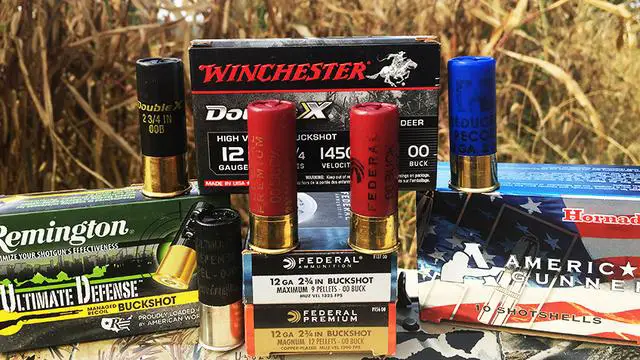
Valid Concerns about Buckshot for Deer Hunting
One valid concern regarding the use of buckshot for deer hunting is the relatively large wound it can cause, leading to a significant amount of meat wastage. Unlike rifles with specific ammunition designed for deer hunting, buckshot doesn’t travel fast enough to deform or create big wound cavities. Instead, it punches small, clean holes and relies on multiple pellets to multiply the effect. While individual balls may not tear up meat like a rifle round would, any errant pellets that hit muscle could still result in some damage. Additionally, buckshot may not be powerful enough to make an ethical kill on most deer, especially if there are obstacles like underbrush or if the shot is taken from too long of a range or is slightly misplaced.
The Benefits of Buckshot for Deer Hunting
Despite its drawbacks, there are situations where using buckshot for deer hunting can be beneficial. In areas where hunters jump deer from cover at close range, buckshot can be one of the best methods available. At very close range, the pellets have not dispersed much, making it more likely to hit vital areas and instantly take down the deer. This method is particularly advantageous when hunting in brushy conditions where deer can quickly disappear from sight after a few jumps. Shotguns are also easier to handle and aim quickly compared to rifles, making them suitable for hunters who are used to hunting small game with shotguns.
In conclusion, while there are valid concerns about using buckshot for deer hunting due to potential meat wastage and limited effectiveness at longer ranges or in open terrain, it can still be an effective method in certain situations such as close-range encounters in brushy areas. Ultimately, hunters should consider their surroundings and personal preferences when choosing the appropriate firearm and ammunition for deer hunting.
Shotgun vs Rifle: Which is the Better Weapon for Hunting Deer with Buckshot?
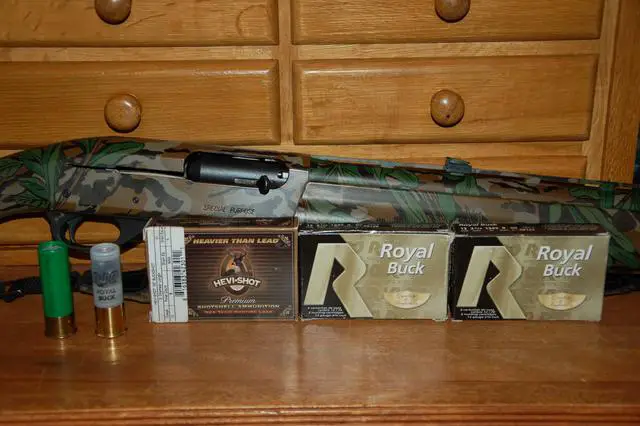
Introduction
When it comes to hunting deer with buckshot, there is a debate between using a shotgun or a rifle. Both have their advantages and disadvantages, and the choice ultimately depends on the hunting conditions and personal preference.
Advantages of Using a Shotgun
1. Close Range Shots: Buckshot is designed for close range shots, making shotguns an effective choice in brushy hunting areas where shots are typically within 30 yards.
2. Instant Kill: Due to the multiple projectiles discharged at once, shotguns can deliver an instant killing shot when aimed properly. This can be advantageous in situations where deer quickly disappear from sight after being aware of the hunter’s presence.
3. Meat Preservation: In brushy conditions, where deflection of bullets is possible, using buckshot can result in fewer damaged meat compared to rifle bullets.
Advantages of Using a Rifle
1. Longer Range Shots: In more open terrain with longer shots probable, rifles provide better accuracy and range than shotguns.
2. Ethical Kill: Rifles with specific ammunition designed for deer hunting minimize meat wastage and ensure a more ethical and efficient harvest by creating larger wound cavities that result in quicker kills.
3. Versatility: Rifles can be used for various types of game hunting beyond just deer, making them a versatile weapon choice.
Ultimately, the decision between using a shotgun or rifle for hunting deer with buckshot depends on factors such as hunting conditions, personal experience and preference. It is important to consider both the advantages and disadvantages of each option before making a choice.
(Note: The content provided above is based on the information given in the original text.)
The Effectiveness of Buckshot for Close-Range Deer Hunting: Insights from Hunters
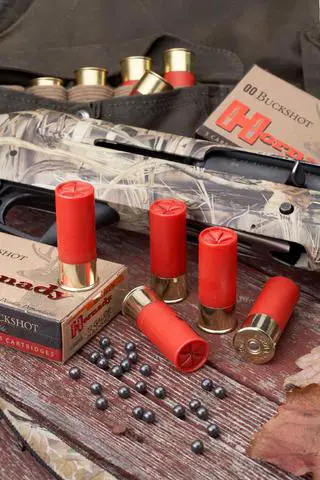
Introduction
Buckshot is a type of ammunition that consists of multiple small pellets or balls packed together. While it is commonly used for hunting smaller game like ducks, some hunters also use buckshot for deer hunting, particularly in areas where it is legal. However, the use of buckshot for deer hunting is controversial and not permitted in all jurisdictions. This article aims to explore the effectiveness of buckshot for close-range deer hunting based on insights from experienced hunters.
Advantages and Disadvantages of Buckshot
One advantage of using buckshot for close-range deer hunting is its ability to create multiple wound channels. Unlike a rifle round that deforms and creates large wound cavities, buckshot punches small, clean holes in the target. Each individual pellet may not cause significant damage to the meat if it hits muscle tissue. This makes it easier to salvage meat from the harvested deer.
However, one major concern with using buckshot for deer hunting is its lack of power compared to rifles. Buckshot doesn’t travel fast enough to ensure an ethical kill on most deer, especially larger ones weighing around 250-300 lbs. Any underbrush or longer range can result in a misplaced shot and lead to a suffering, unrecoverable animal. Additionally, at longer distances, the pellets disperse more widely, reducing their effectiveness.
Hunter Perspectives
Experienced hunters who have used buckshot for close-range deer hunting have varying opinions on its effectiveness. Some argue that in brushy areas where shots are typically within 30 yards and quick shooting is necessary before the deer disappears from sight, a shotgun loaded with buckshot can be effective. By aiming at the shoulder blade and shooting, they claim that deer often drop right away.
On the other hand, hunters in more open terrains where longer shots are common and there is more time to take aim prefer using rifles. They believe that buckshot is best suited for close-range shots in brushy hunting areas, where the risk of deflection is higher. The increased number of projectiles discharged simultaneously increases the chances of making good hits.
In terms of meat wastage, some hunters claim that they have trimmed less meat from deer carcasses resulting from buckshot damage compared to rifle bullet damage. However, this may vary depending on shot placement and individual hunting skills.
Overall, while some hunters find success with buckshot for close-range deer hunting in specific conditions, it is important to consider the limitations and potential ethical concerns associated with its use.
Conclusion
The use of buckshot for close-range deer hunting remains a controversial topic among hunters. While it can be effective in certain situations, such as brushy areas with short shooting distances, its lack of power and potential for meat wastage raise valid concerns. Ultimately, choosing the appropriate ammunition for deer hunting should prioritize ethical and efficient harvest practices while ensuring minimal meat wastage.
Meat Wastage and Ethical Considerations: Evaluating the Use of Buckshot in Deer Hunting
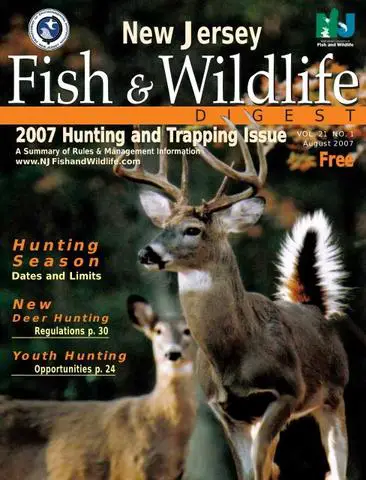
Introduction
Using buckshot for deer hunting is a controversial practice that is not legal in all jurisdictions. While some people do use buckshot, especially in areas where it is allowed, there are concerns about the relatively large wound caused by buckshot and the resulting meat wastage. This article will explore the arguments for and against using buckshot in deer hunting, considering both ethical considerations and practical implications.
Argument for Using Buckshot
Proponents of using buckshot argue that it can be an effective method for hunting deer, particularly in close-range situations or brushy hunting areas. The use of buckshot allows hunters to instantly deliver a killing shot, as the multiple projectiles increase the chances of hitting vital organs. In brushy conditions where deer may quickly disappear from sight, being able to take a quick shot with a familiar shotgun can be advantageous. Additionally, proponents claim that using buckshot results in less meat wastage compared to rifle bullets, as each individual ball creates a small, clean hole without tearing up significant amounts of meat.
Concerns about Buckshot
Opponents of using buckshot raise several concerns regarding its effectiveness and ethical implications. One major concern is that buckshot may not have enough power to make an ethical kill on most deer. While it may work under perfect circumstances on adult bucks weighing 250-300 lbs, any factors such as underbrush or long range shots can result in suffering and unrecoverable animals. Another concern is that even at close range, the pellets from buckshot may not disperse enough to ensure a clean kill without causing unnecessary damage to surrounding muscle tissue.
Ethical Considerations
The ethical considerations surrounding the use of buckshot for deer hunting revolve around ensuring a quick and humane kill while minimizing meat wastage. Using rifles with specific ammunition designed for deer hunting is often preferred by hunters as it allows for more precise shots that minimize the risk of injuring the animal without a clean kill. Hunters who prioritize ethics and efficiency in harvesting game may choose to avoid using buckshot in favor of alternative methods that are considered more effective and reliable.
Conclusion
The use of buckshot for deer hunting remains a controversial topic, with valid arguments on both sides. While some hunters find success using buckshot, especially in close-range or brushy hunting areas, there are concerns about its effectiveness and potential for meat wastage. Ultimately, hunters must weigh these factors alongside ethical considerations to make informed decisions about their preferred hunting methods.
In conclusion, while some hunters may prefer to use buckshot for hunting deer with a shotgun, it is not the most common or recommended method. Rifles and slugs are generally considered more effective and ethical options for deer hunting due to their accuracy and range.











































